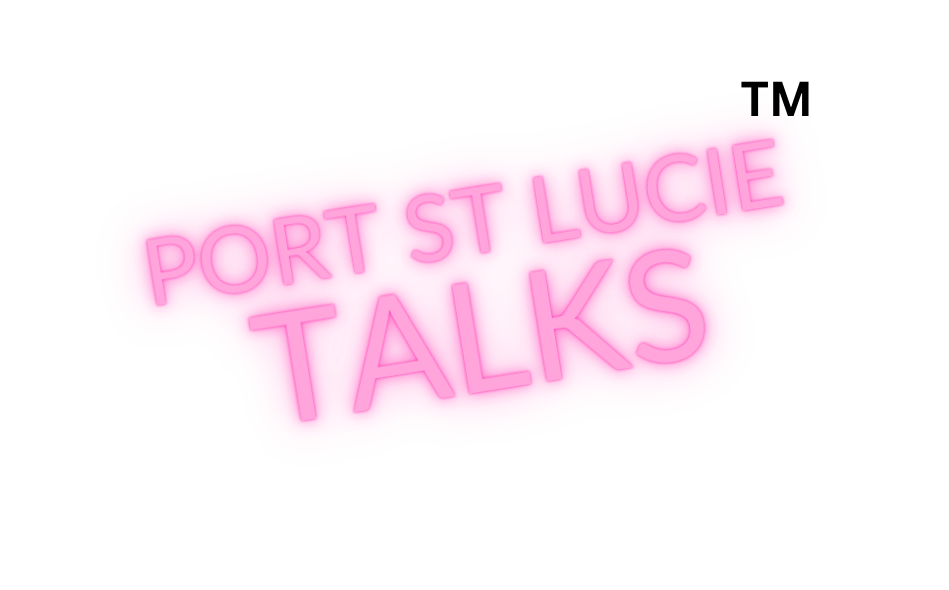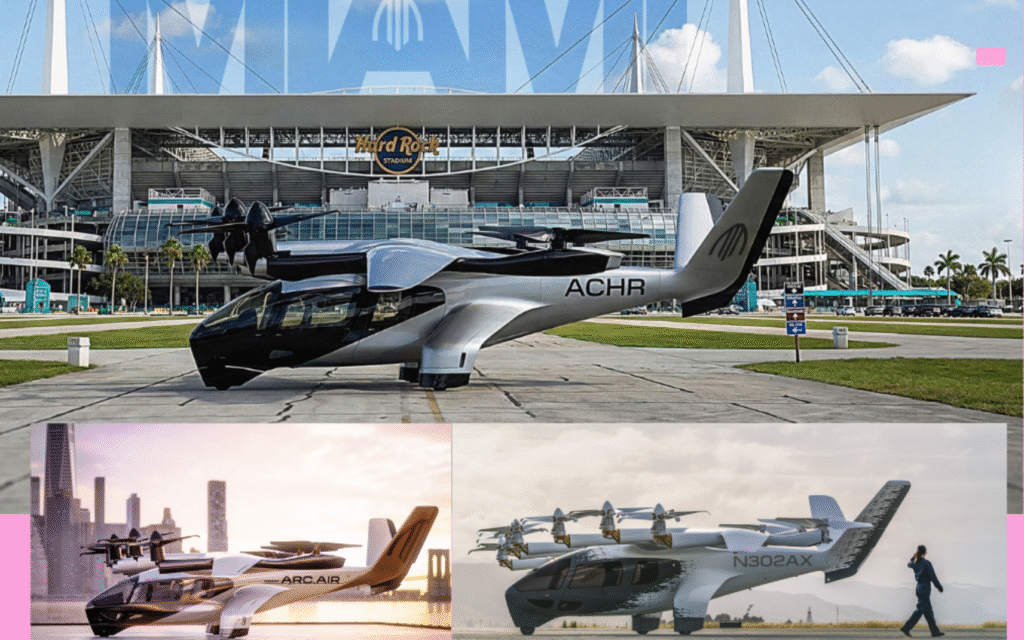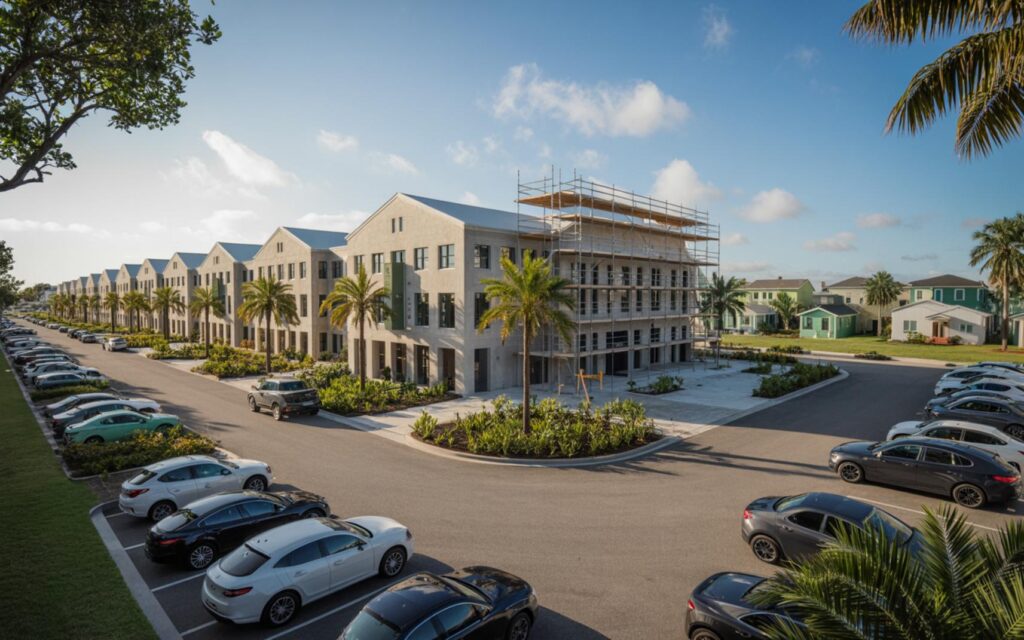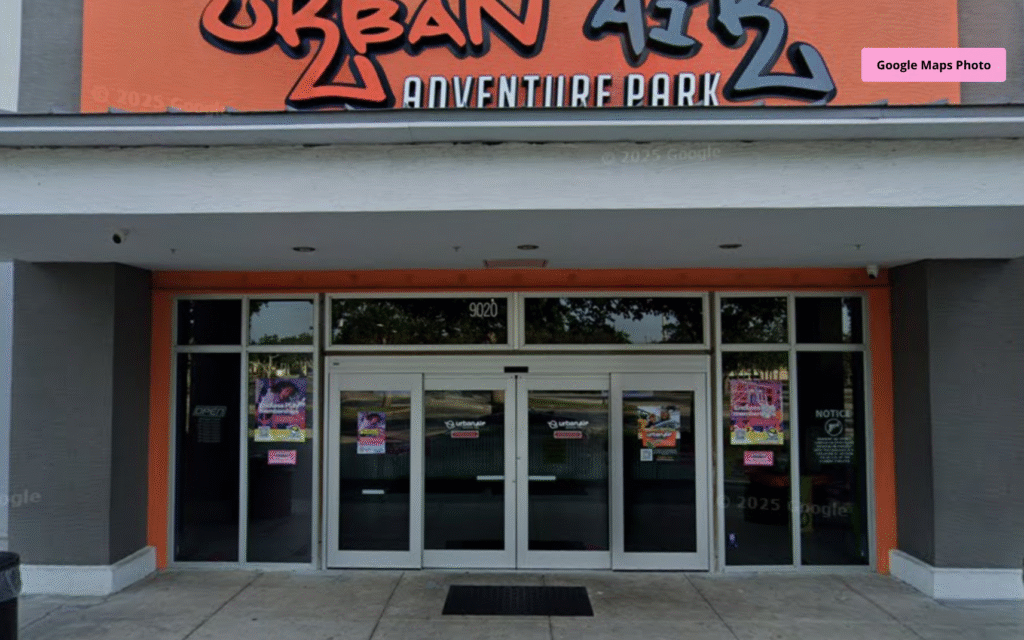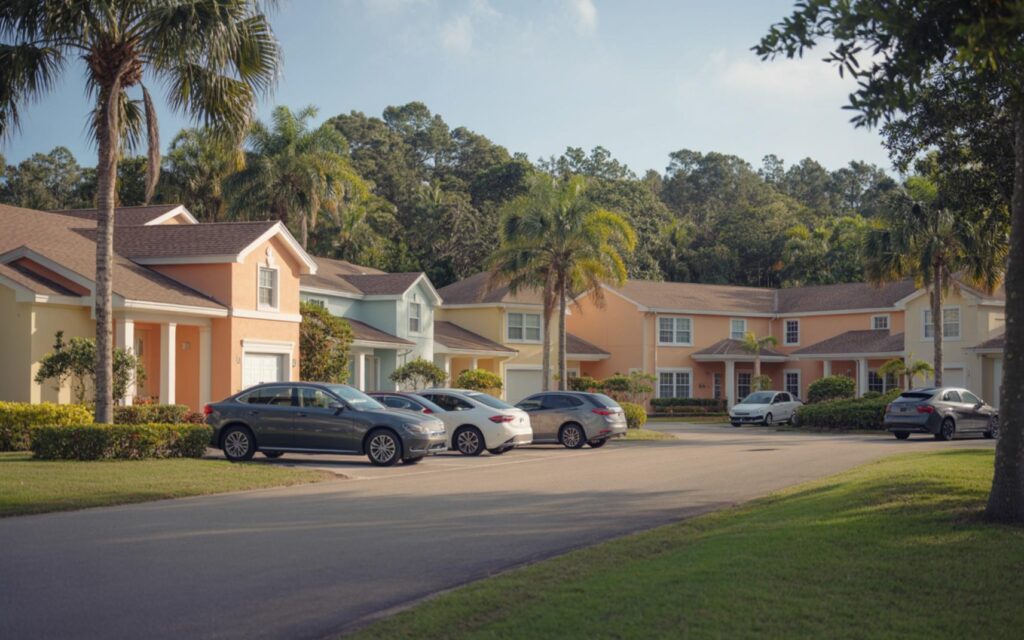As Port St. Lucie prepares for its first professional soccer stadium, the city stands at a pivotal moment. Around the country, soccer-specific stadiums have become catalysts for economic growth, urban renewal, tourism, and community development. While every market is different, the most successful projects offer a clear blueprint for how a city can leverage a stadium to build long-term prosperity.
From St. Louis and Austin to Kansas City and Miami, soccer stadiums have proven that—when designed intelligently and integrated into broader development plans—they can spark far more than game-day excitement. They can reshape a city’s trajectory.
This article breaks down what Port St. Lucie could realistically gain, based on real-world U.S. examples backed by economic impact studies.
1. Economic Growth: What Stadiums Actually Generate
St. Louis CITY SC: A Model of Private Investment Driving Big Returns
One of the strongest recent success stories is CITYPARK in St. Louis. A 2023 independent economic study found:
$168 million in economic impact during the team’s first season
Nearly 1 million visitors, including 18% from outside the metro
$14 million in direct visitor spending at hotels, restaurants, and shops
$24 million in new tax revenue, including $5.1 million directly to the city
$1.4 billion in long-term economic output when including surrounding development
These numbers are unusually strong, but they reveal a key principle:
When stadiums anchor new mixed-use districts, the impact multiplies.
CITYPARK wasn’t built in isolation—it sparked a broader development wave. Between 2020 and 2023, 400+ new permits totaling $780 million were filed in the surrounding area, transforming an overlooked district into one of St. Louis’ fastest-growing neighborhoods.
Kansas City Current: Women’s Soccer Driving a Billion-Dollar District
Another standout case is Kansas City’s riverfront stadium—America’s first stadium purpose-built for a women’s professional team.
Economic models project:
1,450 permanent stadium-related jobs generating
$50+ million in annual wages
$60+ million in annual economic activity
Over $1 billion in projected impact over 30 years
This project has single-handedly reactivated a dormant section of the Missouri River, fueling restaurants, housing, trails, and hotels.
Austin FC: A Smaller Stadium With Outsized Impact
Austin’s 20,738-seat Q2 Stadium—roughly the size PSL might mirror—generates:
934 construction jobs
342 permanent jobs annually
$54.2 million in construction-phase output
$25.6 million annually from operations
$384 million in total projected 20-year impact
And marquee events like the MLS All-Star game have brought $20 million+ in visitor revenue in a single weekend.
2. Tourism: Stadiums Bring National Attention and Big-Day Spending
Soccer is uniquely able to attract regional and international visitors, especially when teams host:
MLS or USL matches
International friendlies
Youth tournaments
High school championships
Concerts and festivals
Examples:
Austin drew fans from across the U.S. and Mexico for All-Star Week, injecting millions into the local economy.
St. Louis saw nearly 1 million first-year stadium visits, with 18% coming from outside the region—helping local hotels and restaurants hit new highs.
For a city like Port St. Lucie—where tourism is growing but still undeveloped—sports tourism is a major, untapped engine.
3. Urban Development: Stadiums Can Build Whole New Districts
Sacramento Railyards: Stadium as the Heart of a New Downtown
The planned USL stadium in Sacramento is part of a massive redevelopment where projections include:
1,159 construction jobs for the stadium
13,563 long-term jobs across the larger district
$2.1 billion in wages annually
Sacramento chose a smart model:
build the stadium within a larger live-work-play hub, ensuring year-round foot traffic.
Miami Freedom Park: The 58-Acre Park & Private Investment Model
Inter Miami CF’s new privately funded stadium will deliver:
58 acres of public parks and green space
15,000 jobs (direct + indirect)
$40+ million per year in tax revenue
Miami’s success is built on:
Zero public stadium funding
Long-term private commitments
Commercial, hotel, and retail components around the stadium
A similar mixed-use vision could turn PSL’s stadium into a new city center, rather than just a sports venue.
4. Community Impact: Soccer Clubs as Social Engines
The best stadium projects leave a profound non-economic impact:
Austin FC – A National Benchmark for Community Outreach
Their 4ATX Foundation delivered in 2024:
12,000 youth and families served
12,000 hours of free soccer programming
Support programs for low-income communities
Mini-pitches built across Central Texas
90%+ of participants reported improved confidence and connection
This model—sports as a platform for youth empowerment—can work in Port St. Lucie, where youth engagement is becoming increasingly important.
Wage Standards and Local Hiring
Several cities negotiated “Community Benefits Agreements” requiring:
Local hiring first
Wage floors ensuring a living wage
Minority-owned and small-business contract opportunities
This ensures that the project benefits local people, not only developers.
5. How Port St. Lucie Can Replicate These Successes
Here’s what the top stadium markets all did right—and what PSL should do:
1. Focus on Private Financing
Cities that avoided heavy taxpayer burden—Austin, Miami, St. Louis—had the strongest public support and best long-term outcomes.
2. Integrate the Stadium Into a Mixed-Use Development
Stadium + homes + retail + restaurants = real impact.
3. Prioritize Walkability and Transit Access
The stadium shouldn’t be isolated—it should be a place people linger before and after events.
4. Commit to a Community Vision
A youth academy, scholarships, mini-pitches, and city partnerships build loyalty and long-term stability.
5. Pursue Regional Events
High school championships, international matches, and concerts bring thousands of visitors.
6. Design for Year-Round Use
Think beyond soccer: concerts, markets, fitness events, festivals.
6. The Big Picture: What a Stadium Could Mean for Port St. Lucie
If Port St. Lucie adopts the best practices proven in other cities, the new stadium could:
Ignite billions in long-term development
Create thousands of jobs
Establish a new entertainment district
Attract year-round visitors
Boost local small businesses
Become a hub for youth and community programs
Strengthen city branding and national visibility
In short:
A stadium done right isn’t just a sports venue.
It’s a growth engine.
A community builder.
And the foundation for Port St. Lucie’s next era.
